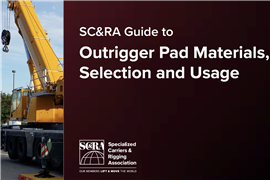Methane gas hazard discovered at St Louis landfill
19 October 2009
Potentially explosive levels of methane have been discovered at the St Louis Demolition Landfill, located in the northeast quadrant of this US city. Upon identifying the levels of methane present at three test wells, the Missouri Department of Natural Resources ordered the city of St Louis to notify all nearby residents of these findings as well as issuing them with methane monitors so that they would be alerted in the event of the gas entering their homes.
High levels of methane were first identified on 6th October, with confirmation coming from tests conducted on the 14th. The southern well showed methane levels of 4.3% by volume, while the two more northerly wells showed results of 11.3% and 46% respectively. Methane is explosive at concentrations between 5 and 15%, with the regulatory limit set at 2.5% by volume.
In a statement, DNR deputy director Bill Bryan is reported as saying: "The City of St Louis is working cooperatively with the DNR to address this matter as quickly as possible and determine whether methane gas has reached the nearby homes."
The St Louis Demolition Landfill was built before current landfill design and operating regulations were implemented and monitoring for methane gas was not required. The DNR's Solid waste Management Program was been working with the City of St Louis to properly close the site and place it into post-closure status. The methane test wells were installed as part of this.
The City has been ordered by the DNR to develop a plan to determine the extent of the spread of gas and to develop a suitable clean-up plan. The City has also been tasked with continuing to monitor the wells and reporting to the DNR weekly with the results.


